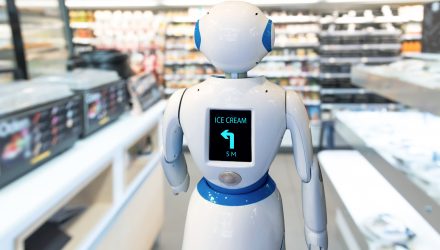Robot limitations
Most robot arms can do a limited amount of manipulation and decision making, because of their mechanical or electrical limitations. The following tips will help you figure out what to look at when shopping for a robot.
Robot Reach
The robot reach is the working envelope of the robot. Since this envelope is limited, you will need to insert all your processes into this workspace. If you want your robot to grasp parts, use a tool and open a door, all of this has to be accomplished within the robot’s working zone.
Note that the robot is most likely to trigger an error message if it carries a high payload near its maximum reach. This should be considered in your preliminary design. Here’s a cheat sheet on different robot specifications, this can be helpful in your robot selection.
Robot payload
The payload of the robot should be one of the main specifications to consider in your robot selection. The payload has to consider the weight of the part that will be carried during the operation and also the weight of the tool used.
Related: 6 Factors That Determine Customer Intelligence
Since you are going to carry different types of parts with your robot, you will need to determine which parts will be the heaviest and select your robot accordingly.
To help with robot selection, here’s a cheat sheet on different robot specifications.
Gripper dexterity
Grippers or end effectors often have very limited dexterity. In fact, if your application requires the operator to handle several different parts at the same time and perform operations with both hands… you will need to review these operations carefully, because robots can only do one thing at a time, and in sequence. This doesn’t mean you can’t use robots for this process, but it probably means you will have to redesign your process. If you are redesigning your process correctly, this can work perfectly.
In machine tending applications most of the human operator’s manual process will include part placement, tightening the vice and starting the program. Then, doing all these tasks in reverse order when the processing is completed.
For the robot to place the part correctly, you’ll need to use mechanical stops or other devices to guide the robot.
To tighten the vice, you may want to use an automated vice. Such devices will allow the robot to place the part and then the vice can tighten the part automatically.
